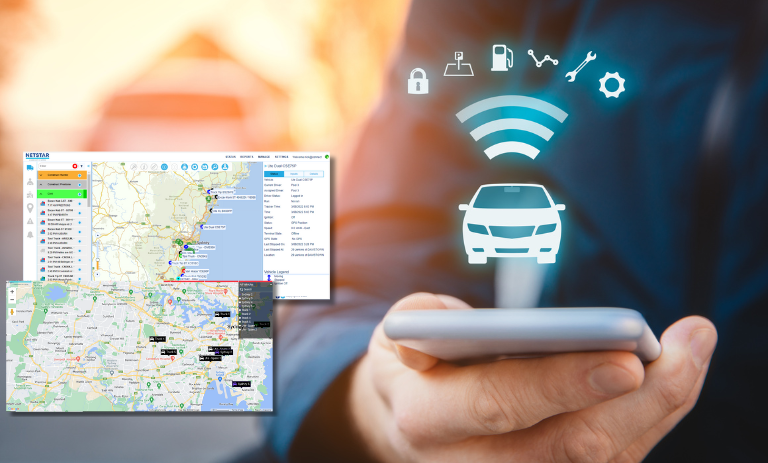
Telematics devices are becoming increasingly popular in the transportation industry, providing fleet managers with real-time data on the location, performance, and condition of their vehicles. One of the key benefits of Telematics is its ability to help improve driver behaviour and performance, which can lead to better safety, increased efficiency, and reduced costs. Here are some of the ways in which Telematics devices can help improve driver behaviour and performance:
- Real-Time Monitoring – A Telematics device can provide fleet managers with real-time data on driver behaviour, including speed, acceleration, braking, and idling time. This information can be used to identify areas where drivers may be engaging in unsafe or inefficient practices, allowing managers to take corrective action.
- Training Opportunities – Telematics data can be used to identify training opportunities for drivers who may be engaging in unsafe or inefficient practices. This can include providing feedback on speeding, harsh braking, or excessive idling time, as well as offering training and support to help drivers improve their performance.
- Incentives and Rewards – The data gathered from Telematics can also be used to provide incentives and rewards to drivers who exhibit safe and efficient driving practices. This can include bonuses, recognition, or other incentives that encourage drivers to improve their performance.
- Accident Reduction – Telematics devices can help reduce the risk of accidents on the road by identifying and addressing unsafe driving practices. This can include speeding, distracted driving, or aggressive driving, all of which can contribute to accidents and injuries on the road.
- Fuel Efficiency – Telematics devices can also help improve fuel efficiency by identifying areas where drivers may be wasting fuel, such as excessive idling or harsh acceleration. This can result in significant cost savings for fleet managers, as fuel expenses are often a major expense in the transportation industry.
- Compliance with Regulations – Telematics devices can help fleet managers ensure compliance with regulatory requirements. By monitoring driver behaviour and providing accurate data on hours worked, fleet managers can ensure that their operations are following regulatory standards.
- Route Optimisation – Telematics data can be used to optimise routes, reducing the amount of time drivers spend on the road and minimising fuel expenses. This can also result in improved delivery times and better customer service, as drivers are able to take more efficient routes to their destinations.
- Maintenance Alerts – Telematics devices can also provide alerts when maintenance is required, ensuring that vehicles are always in optimal condition. This can help to prevent breakdowns and minimise downtime, improving overall efficiency and reducing costs.
Telematics devices are a valuable tool for Fleet Managers looking to improve driver behaviour and performance. As the transportation industry continues to evolve, telematics devices will become an increasingly important tool for fleet managers looking to stay competitive and achieve their business goals. At Netstar we have been engineering GPS tracking devices in Australia for over 25 years. From tropical North Queensland to the dusty outback, Netstar trackers are designed to withstand extreme conditions. Netstar also provides unrivalled local Australian support, with a team of knowledgeable staff based here in Australia.
If you have any questions please contact Netstar Australia at 1300 728 882 or email sales@netstaraus.com.au